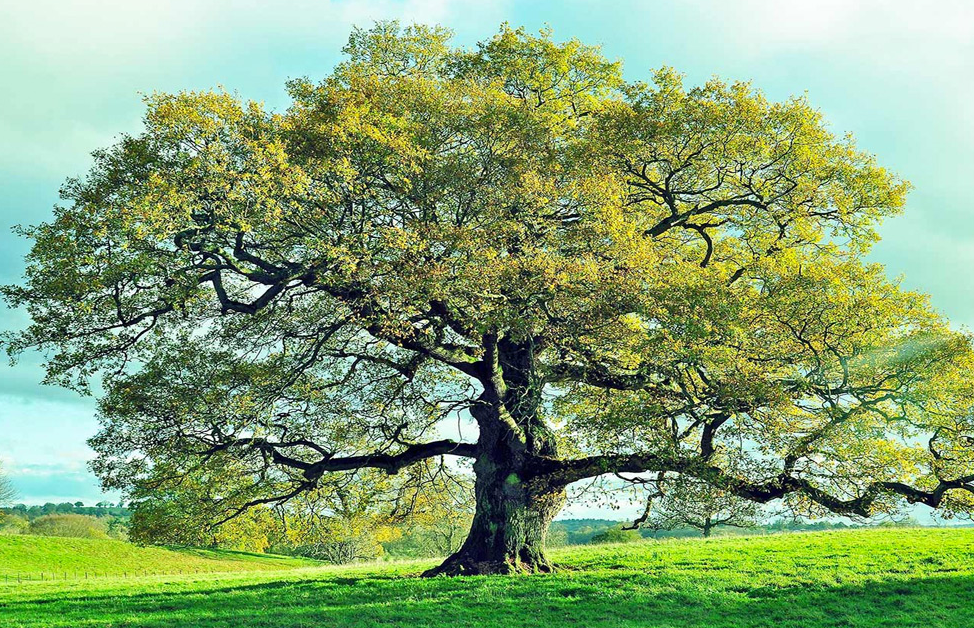Let’s talk about Afghanistan National Tree. Afghanistan, a country located in South Asia, is rich in culture, tradition, and natural resources. One of the most notable natural resources in the country is the Afghan Pine, which is also known as the Pinus eldarica. This coniferous tree has been designated as the national tree of Afghanistan, and it is a significant part of the country’s ecosystem. In this article, we will explore the history, characteristics, and importance of the Afghan Pine.
History of Afghanistan National Tree
The Afghan Pine is native to the regions of Afghanistan, Iran, and Pakistan. It was first introduced to the United States in the early 1900s by the U.S. Department of Agriculture. The tree was initially planted as an ornamental plant in gardens and parks. However, it was soon discovered that the tree could also grow in arid and semi-arid regions, making it a useful species for reforestation projects.
Characteristics of Afghanistan National Tree: Pine
Physical Appearance
The Afghan Pine is a coniferous tree that can grow up to 45 meters in height. The tree has a straight trunk and a pyramidal crown, which gives it a distinctive appearance. The leaves of the Afghan Pine are needle-like and are arranged in clusters of two.
Habitat and Distribution
The Afghan Pine is adapted to grow in arid and semi-arid regions with low rainfall. The tree is native to the regions of Afghanistan, Iran, and Pakistan. It is also found in other parts of the world, including the United States, where it is grown as an ornamental plant.
Growth Rate and Lifespan
The Afghan Pine has a slow to moderate growth rate, and it can live for up to 150 years. The tree is known to be resilient and can survive in harsh environments.
Importance of Afghan Pine
Environmental Benefits
The Afghan Pine is an important species for the ecosystem in Afghanistan. The tree has a deep root system, which helps to stabilize the soil and prevent erosion. It also provides shade and shelter for wildlife, including birds and small mammals.
Economic Significance
The Afghan Pine is a valuable timber species, and it is widely used in the construction industry. The wood is strong, durable, and has a beautiful grain, making it a popular choice for furniture, flooring, and decorative items.
How to Grow Afghan Pine
The Afghan Pine is a hardy tree that is relatively easy to grow. The tree prefers well-drained soil and full sun. It is drought-tolerant and can survive in hot and dry conditions. The tree can be propagated from seeds or cuttings.
Common Uses of Afghan Pine
The wood of the Afghan Pine is used for a variety of purposes, including:
- Construction lumber
- Furniture
- Flooring
- Decorative items
- Paper production
Conservation Status of Afghanistan National Tree
The Afghan Pine is not considered to be a threatened species. However, like many other tree species, it is facing threats from deforestation and habitat loss.
FAQs
- Q1. Why is the Afghan Pine the national tree of Afghanistan?
The Afghan Pine is the national tree of Afghanistan because it is native to the region and has significant ecological and economic importance.
- Q2. Can the Afghan Pine be grown in other countries?
Yes, the Afghan Pine can be grown in other countries, including the United States. However, it is important to note that the tree is adapted to grow in arid and semi-arid regions and may not thrive in areas with high rainfall or humidity.
- Q3. What is the growth rate of the Afghan Pine?
The Afghan Pine has a slow to moderate growth rate, with an average annual growth rate of around 30 to 60 centimeters.
- Q4. Is the Afghan Pine a threatened species?
No, the Afghan Pine is not considered to be a threatened species. However, like many other tree species, it is facing threats from deforestation and habitat loss.
- Q5. How can I propagate the Afghan Pine?
The Afghan Pine can be propagated from seeds or cuttings. Seeds should be planted in well-drained soil and kept moist until they germinate. Cuttings should be taken from the current year’s growth and rooted in a rooting hormone before being planted in soil.
Conclusion
In conclusion, the Afghan Pine is a significant species in Afghanistan, and it plays an important role in the country’s ecosystem and economy. The tree’s resilience and adaptability make it a valuable species for reforestation projects in arid and semi-arid regions around the world. With proper conservation efforts, the Afghan Pine can continue to provide ecological and economic benefits for generations to come.
References
- “Pinus eldarica.” Flora of Pakistan. http://www.efloras.org/florataxon.aspx?flora_id=5&taxon_id=200005158.
- “Pinus eldarica.” United States Department of Agriculture. https://plants.usda.gov/home/plantProfile?symbol=PIEL.
- “Afghanistan: State Symbols.” Embassy of Afghanistan, Washington, D.C. https://www.embassyofafghanistan.org/page/state-symbols.

